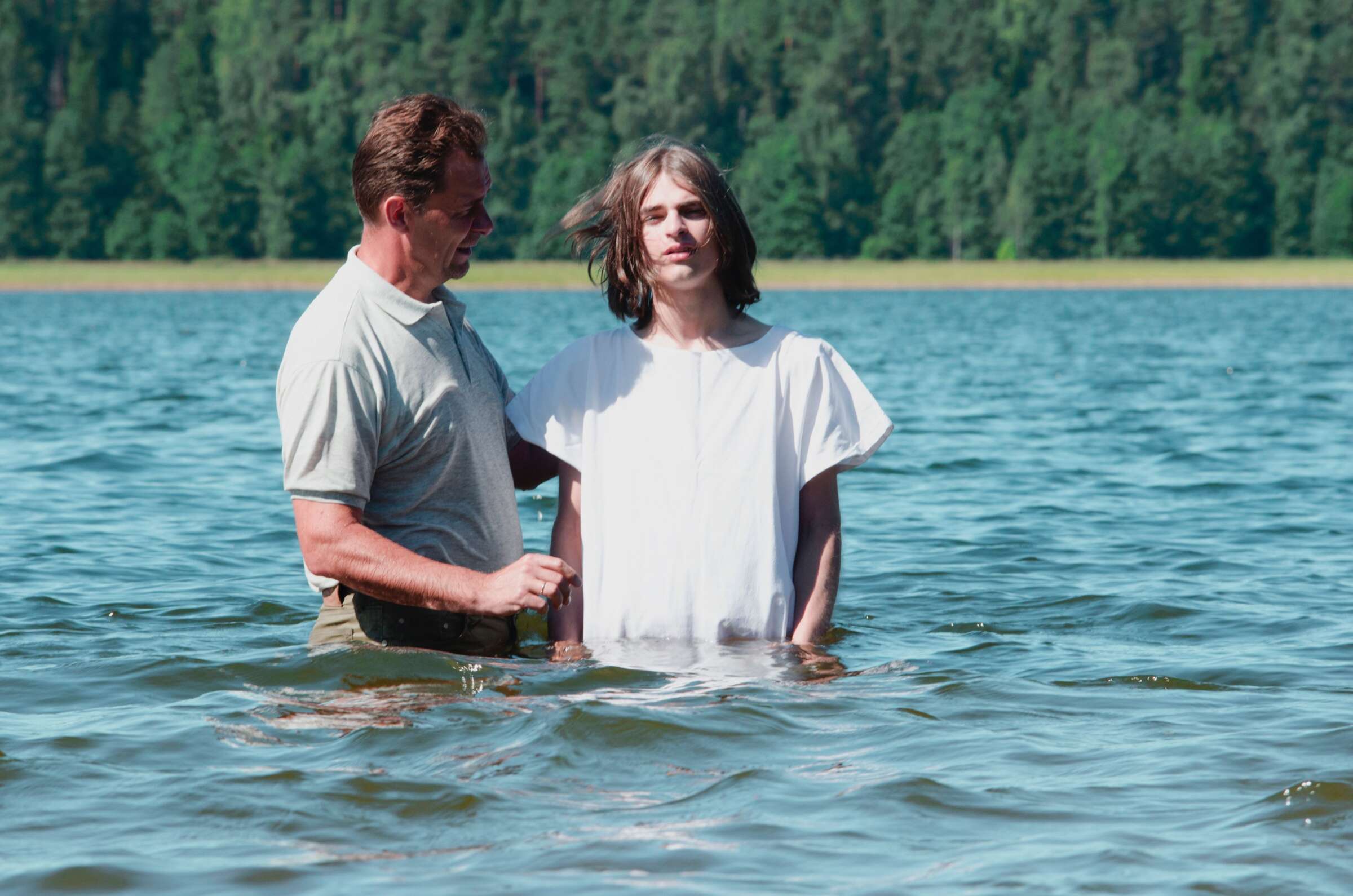Bread, wine and water
Christianity is full of symbolism. Everyday items such as bread, wine and water have extra meaning and significance in certain situations. On the night before he was crucified, Jesus Christ took a Jewish festival meal and gave it new significance. He began a tradition which still continues in the Christian Church. He told his closest followers to remember his death by eating bread and drinking wine. In different Christian traditions, this is known as Holy Communion, Mass (the term used in the Roman Catholic and Orthodox churches), Eucharist (a Greek word meaning thanksgiving), the breaking of bread, or the Lord’s Supper.
On the night before he was crucified, Jesus Christ took a Jewish festival meal and gave it new significance.
As the early Christian church grew, Christians continued to do as Jesus had asked, taking bread and wine as part of a meal eaten together. Prayers were added to make it a dignified occasion. Over time, the number of prayers grew and the amount of food decreased. But the tradition has continued.
Some elements can vary when Christians celebrate Holy Communion: the bread might be a piece of specially-made wafer or a chunk of a loaf; the wine might be served in a goblet which everyone shares, sipping in turn, or in small, individual cups. Sometimes red fruit juice is made available for those who’d rather not drink alcohol.
Jesus at the Last Supper
Jesus brought his closest followers together the night before he died because it was the time for the annual Jewish feast of Passover. This was a long, traditional meal, full of songs, prayers and symbolism in which the Jewish people remembered how they had been freed from slavery in Egypt about 1500 years before Jesus’ birth. The meal is often known as the Last Supper because it was the last time Jesus ate with his followers before he died and rose again.
As the meal was coming to an end, Jesus added a twist of his own. He took some of the bread and wine, which everyone had been eating and drinking, and turned them into a personal memorial. Jesus wanted his followers to remember the sacrifice he was about to make by losing his life. This is described in the Bible book written by Luke in chapter 22:
‘And he took bread, gave thanks and broke it, and gave it to them (the followers) saying, “This is my body, given for you; do this in remembrance of me”. In the same way, after the supper, he took the cup, saying, “This cup is the new covenant in my blood, which is poured out for you…”’
Different Christian traditions think differently about the bread and wine itself: for some, they are symbols of Jesus’ sacrifice; for others the bread and wine remain unchanged but Jesus is somehow spiritually present during the act of Communion; for others the bread and wine actually become Jesus’ body and blood during the service.
Bread and wine in Jesus’ teachings
Jesus spent about three years travelling and teaching before he was crucified. He often used everyday items and situations to tell people more about himself and about God. For example, on one occasion recorded in the Bible book, the Gospel of John, he spoke of himself as ‘the bread of life’. He was saying that he could satisfy people’s spiritual hunger in the same way bread satisfies physical hunger. Elsewhere he says how new wine shouldn’t be put into old wineskins – in other words, when something new happens, it can’t be restricted by old ways of thinking and acting.
Continued below...

The symbolism of water in baptism
Water is used to welcome a new believer into the Christian church through a ceremony called baptism. This can involve the complete immersion of the person or water being sprinkled over them. The symbolism is the same – the cleansing of past wrongs and a fresh start. It is a sign of the old life dying and the beginning of a new life with God.
In the Bible’s New Testament – the part after Jesus’ birth --there are many accounts of new believers being baptised. Sometimes they were individual adults, sometimes it was whole families. Some were immersed in rivers, others were baptised indoors with water from jars.
Practices vary in today’s churches. Many baptise infants whose parents want them to grow up as Christians. The parents make promises to nurture the infant in the Christian faith until it is old enough to make its own commitment to follow Jesus. They may be joined in these promises by nominated friends known as godparents. In Anglican churches, water is poured over the infant’s head in a service called a christening. In the Orthodox Church, the infant is immersed in water.
In other churches, such as Baptist or Pentecostal churches, babies are welcomed with a service of thanksgiving and dedication. Baptism is reserved for believers who are old enough to make their own decision to be a follower of Jesus. Usually this involves immersion in a small pool in the church building – but it can be in the sea, a lake or a river.
"Whoever drinks the water I give him will never thirst."
Jesus’s teaching on water
During his time of travelling and teaching, Jesus also spoke symbolically about water. One occasion, recorded in the Bible book of John, chapter 4, he encountered a woman who had gone to a well for water. As they spoke, he told her: ‘Everyone who drinks this water will be thirsty again, but whoever drinks the water I give him will never thirst…’ Jesus was saying that by following him, a person’s thirst for spiritual refreshment is satisfied – forever.

Mary Seacole

The Archbishop of Canterbury

